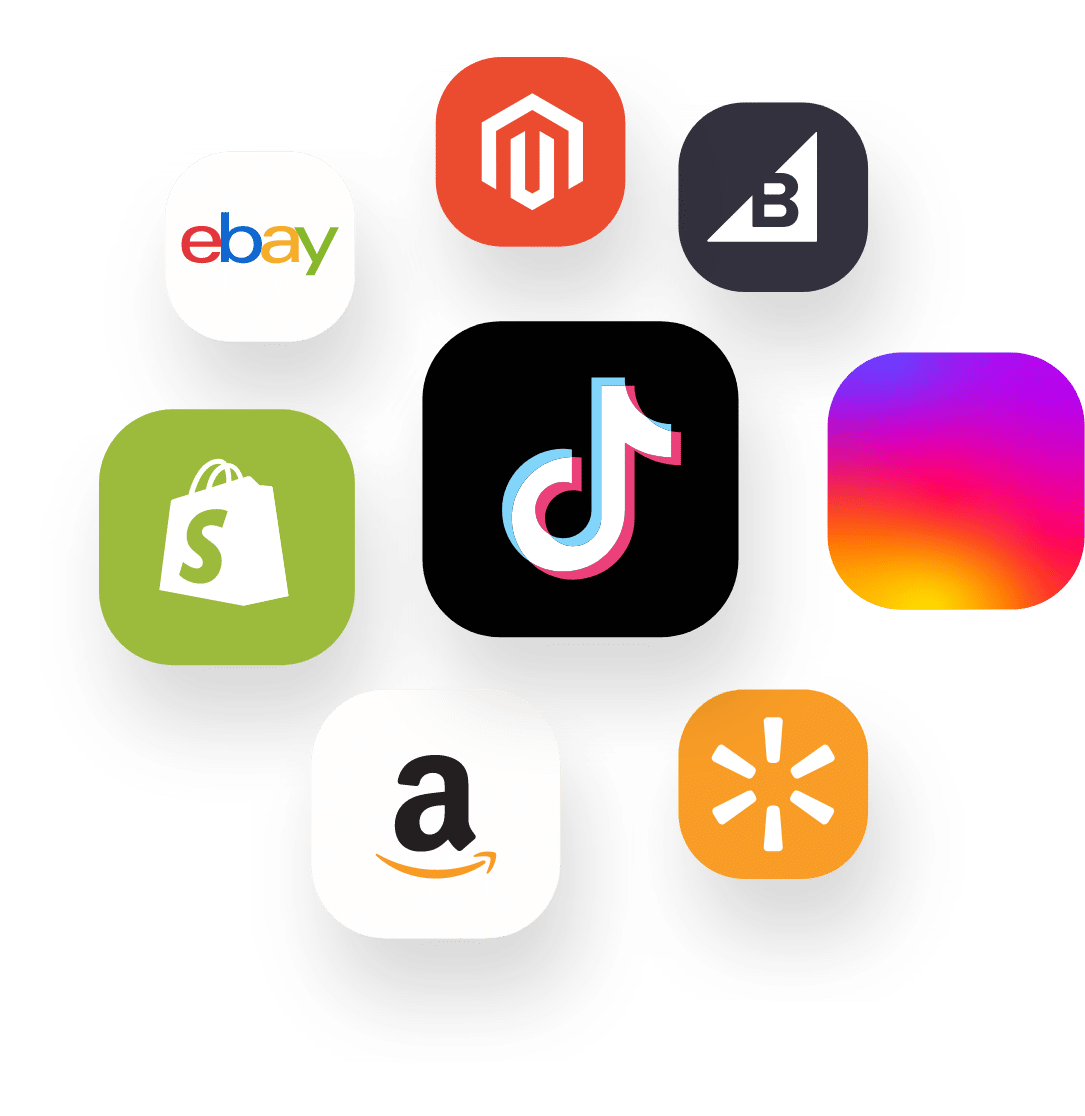In today’s digital age, consumers have more choices than ever before when it comes to where they buy their products and services. This means that businesses need to be present on multiple channels in order to reach their target audience and compete effectively.
Multichannel ecommerce is the practice of selling products and services through multiple channels, such as a website, a physical store, and social media. This allows businesses to reach a wider audience and provide a more seamless shopping experience for their customers.
There are many benefits to adopting a multichannel ecommerce strategy. Here are just a few:
- Increased reach: By selling through multiple channels, businesses can reach a wider audience of potential customers. This is especially important in today’s digital age, when consumers are increasingly using multiple devices and platforms to shop.
- Improved customer experience: A multichannel ecommerce strategy can provide a more seamless shopping experience for customers. For example, customers can start their shopping journey on a website and then complete their purchase in a physical store. This can help to improve customer satisfaction and loyalty.
- Increased sales: A multichannel ecommerce strategy can lead to increased sales. This is because businesses are able to reach more customers and provide a more convenient shopping experience.
If you’re looking to grow your ecommerce business, then multichannel ecommerce is a strategy that you should seriously consider. Here are a few tips for implementing a successful multichannel ecommerce strategy:
- Choose the right channels: Not all channels are created equal. When choosing which channels to sell through, it’s important to consider your target audience and your budget. For example, if your target audience is young adults, then you might want to focus on social media channels like Instagram and TikTok.
- Optimize your website for all channels: Your website is the foundation of your ecommerce business, so it’s important to make sure that it’s optimized for all channels. This means that your website should be responsive and easy to use on mobile devices, and that it should be optimized for search engines.
- Create a seamless shopping experience: Customers should be able to start their shopping journey on one channel and then complete their purchase on another channel. This can be done by using cross-channel marketing and by integrating your ecommerce platform with your other channels.
- Use data to track your results: It’s important to track your results so that you can see which channels are performing the best and make necessary adjustments to your strategy. You can use tools like Google Analytics to track your website traffic and sales data.
Multichannel ecommerce is a powerful strategy that can help you to reach more customers and increase sales. By following these tips, you can implement a successful multichannel ecommerce strategy that will help you to grow your business.
Latest news and statistics
- A recent study by Statista found that the global multichannel retail market is expected to reach 8.1 trillion by 2023.
- Another study by Forrester Research predicts total retail sales will reach $5.5 trillion by 2027 with online sales making up 30% of the market.
- A study by McKinsey & Company found that more than 70% of consumers use multiple channels to research and purchase products.
These statistics show that multichannel ecommerce is a growing trend that is here to stay. If you’re looking to grow your ecommerce business, then you need to adopt a multichannel strategy.
You may also be interested in: Why A Multichannel Approach is Essential for Success in the Post-Pandemic World of E-Commerce Acceleration
Book a Free Demo and experience Brightpearl in action with a complimentary, no-obligation session tailored to your business needs.




